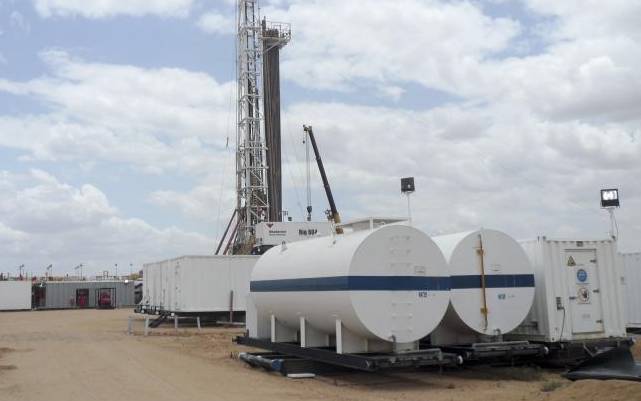×
The Standard e-Paper
Home To Bold Columnists

A general view shows an oil rig used in drilling at the Ngamia-1 well on Block 10BB, in the Lokichar basin, which is part of the East African Rift System, in Turkana County April 5, 2012. [File, Standard]
Tullow Oil is taking a more cautious approach to the development of Kenya’s oil project.